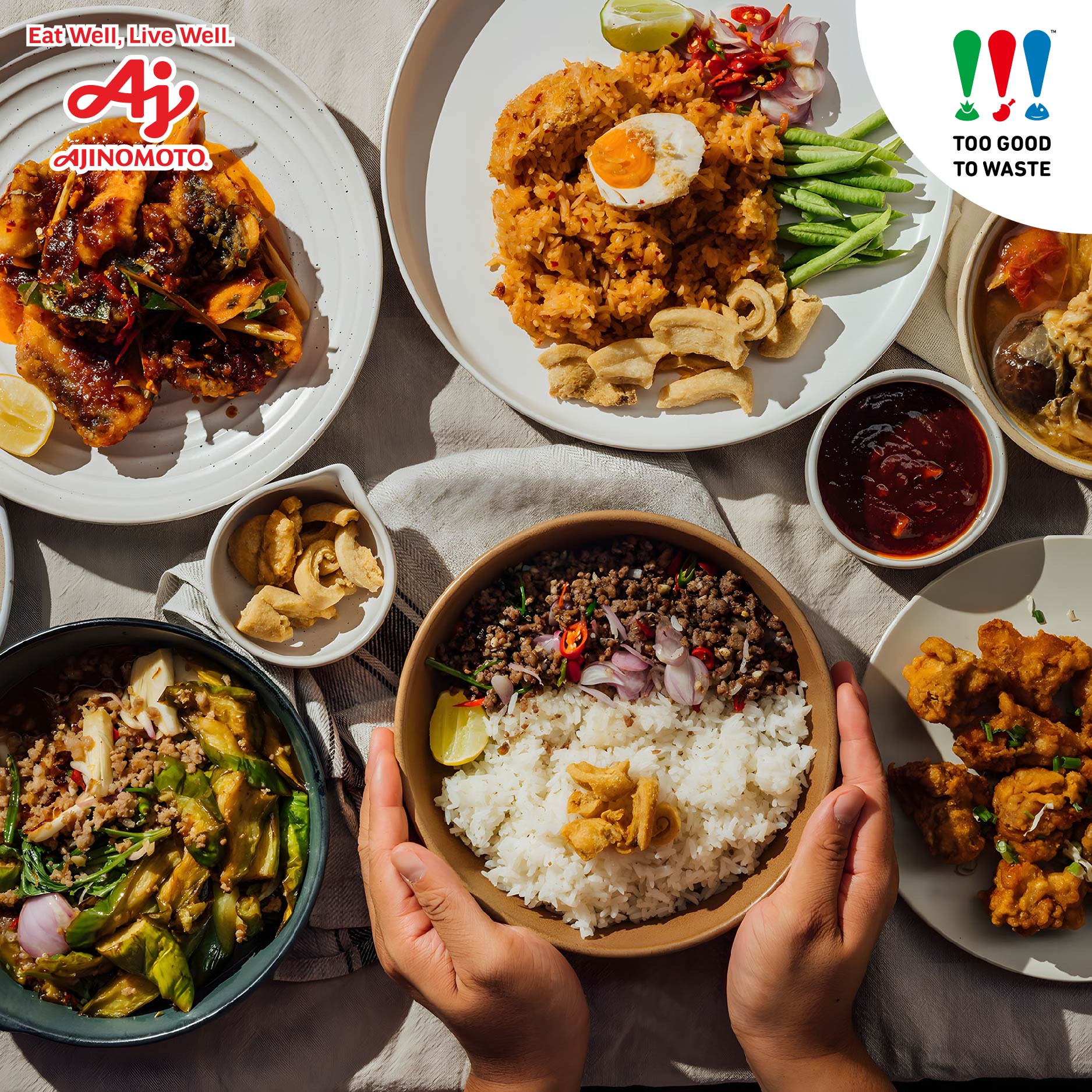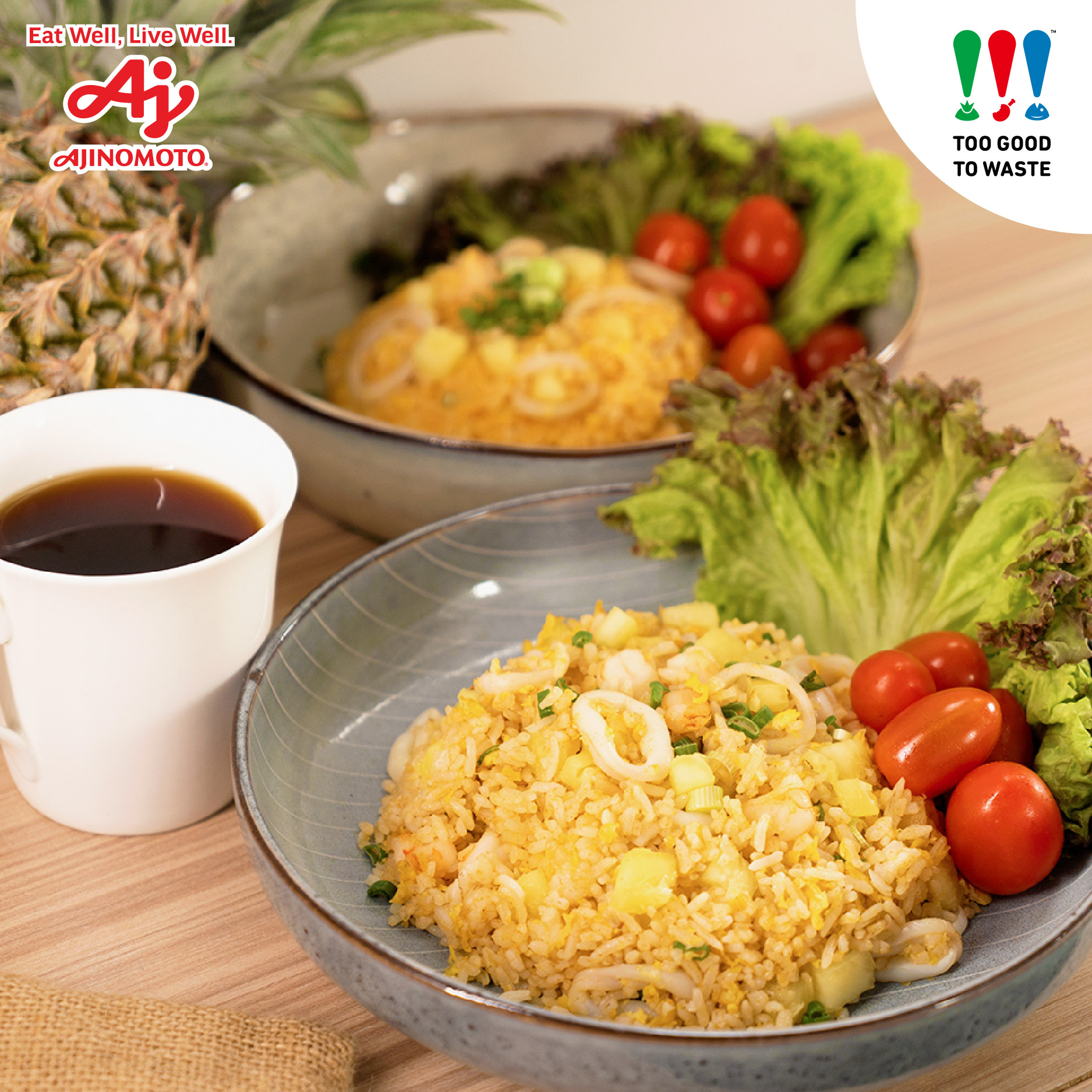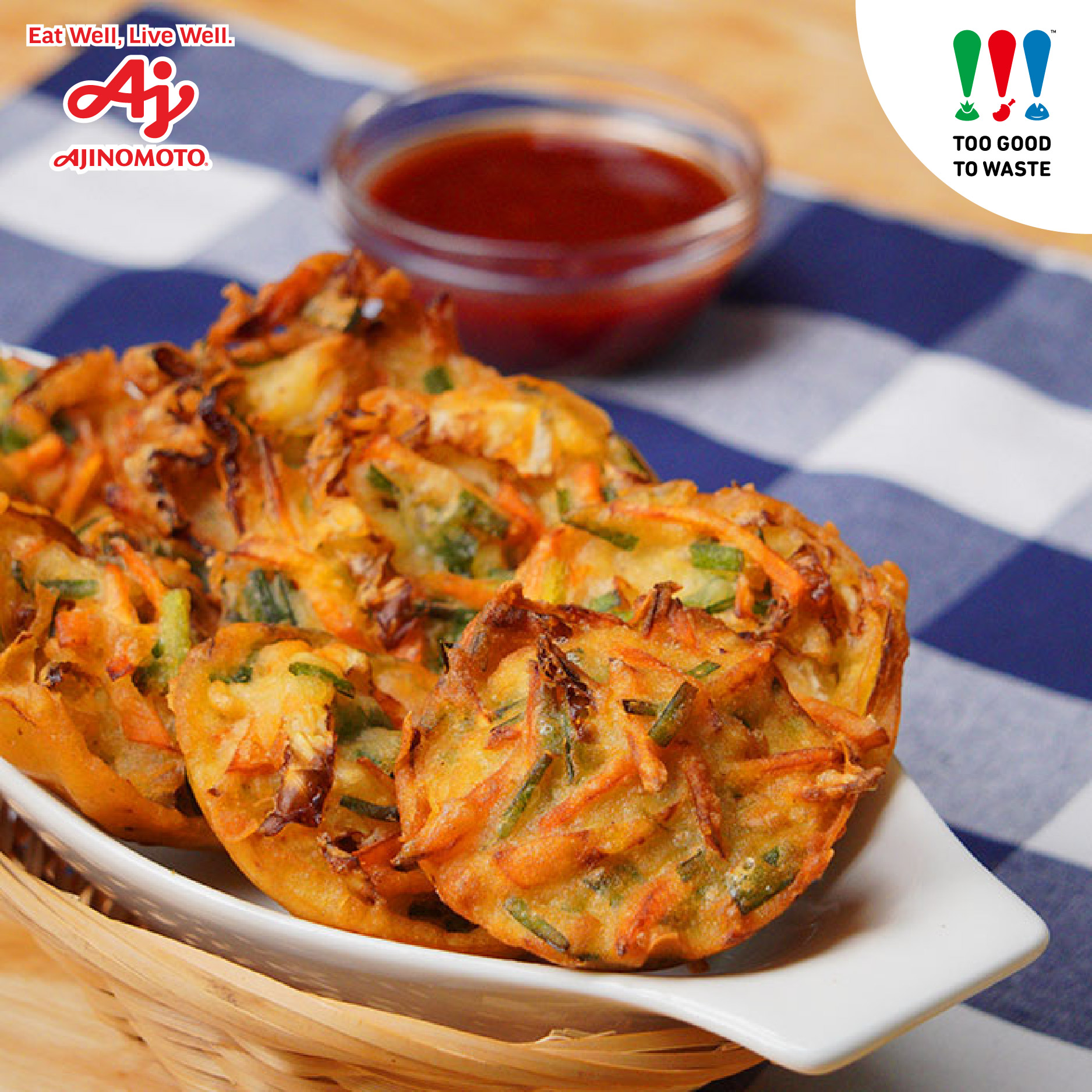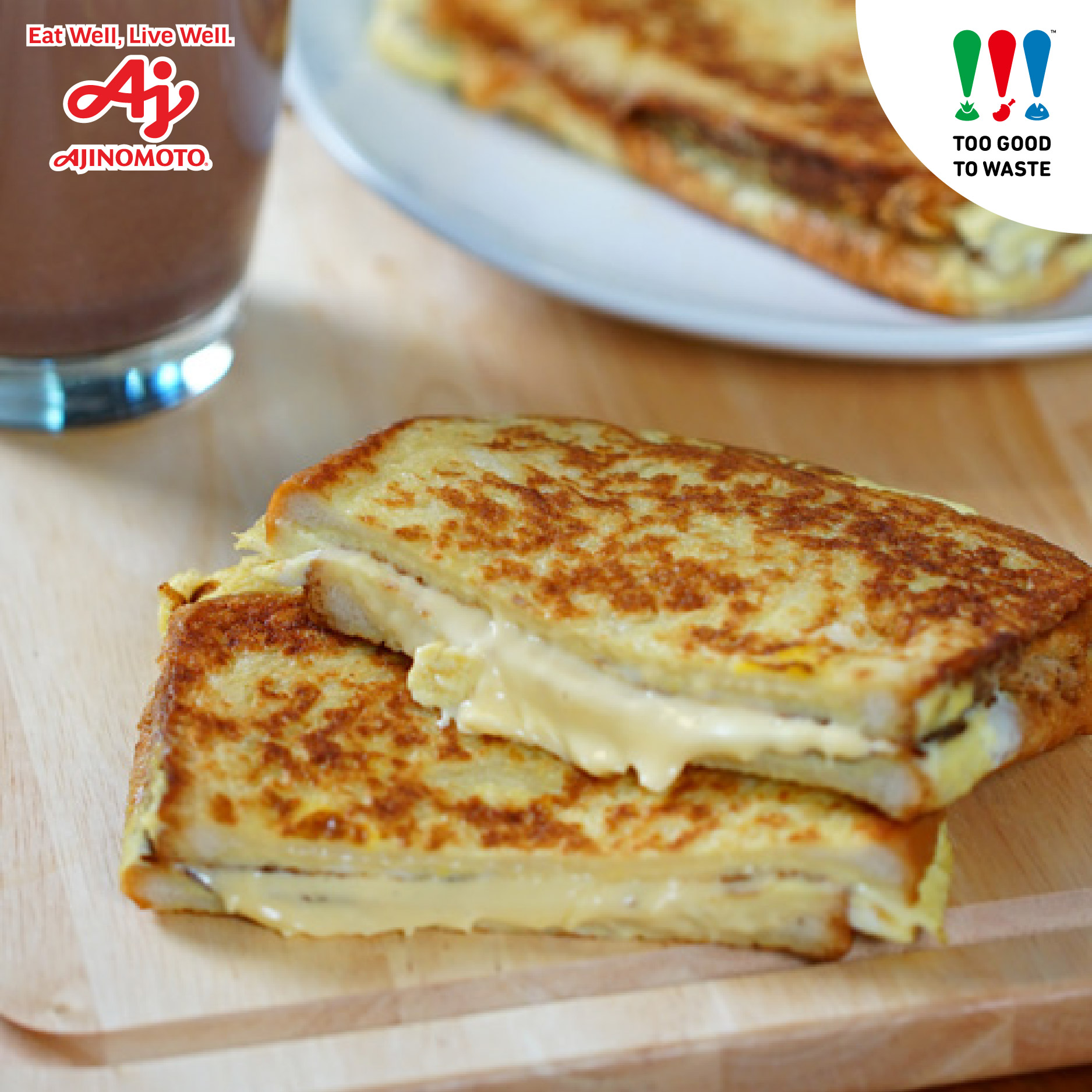
Too Good To Waste: Transforming Scraps into Delicious Dishes
We’ve all been there – opening the fridge and spotting leftovers we’re unsure how to use. But did you know those little scraps can be transformed into new meals? Not only will this save you money, but it also helps reduce food waste, which is great for your wallet and the planet. Let’s explore some fun and easy ways to give your leftovers a tasty makeover!
Benefits of Using Leftovers
Reducing Food Waste
We produce 17,000 tonnes of food waste in Malaysia daily. Fairplanet. (2023, October 4). That’s more than 60 times the weight of a house! Food waste not only drives up food production costs but also adds risks to human health and contributes to environmental degradation. Khazanah Research Institute. (2022).
When we use leftovers, we help reduce the amount of food that ends up in the trash. By making the most of what you already have, you’re contributing to less food waste, which is good for the environment. Plus, you’ll be surprised at how far you can stretch your ingredients.
Creative Cooking
Using leftovers allows you to get creative in the kitchen. It’s an opportunity to experiment with different flavours and textures without having to start from scratch. For instance, leftover rice can be transformed into a savoury fried rice or a sweet rice pudding! For inspiration, head over to Too Good To Waste, our brand-new page dedicated to giving leftovers a second chance. Who knows, you may discover a whole new passion for food!
Saving Money
Do you know that Malaysians throw away RM225 worth of food each month? Emir Research. (2020, October 21). Repurposing leftovers means you’re making the most of what you already spent money on. You can create new meals without needing to buy additional ingredients. The best part? Many dishes can be made with the same basic ingredients, allowing you to get more bang for your buck.
How to Repurpose Common Leftovers?
Now that we know why it’s a great idea to use leftovers, let’s talk about how to turn some common leftover ingredients into delicious new meals.

Rice
Leftover rice can be turned into a variety of dishes. Try making a quick and delicious fried rice by tossing it with some veggies, eggs, and Seri-Aji® Fried Rice Seasoning. If you’re in the mood for something warm and comforting, why not make a soothing bowl of porridge? The possibility is endless!
Pasta
Admit it: You never get the pasta portions right. But don’t let that leftover pasta go to waste! You can easily turn it into a refreshing Peanut Butter Pasta Salad by adding veggies, dressing and a dollop of peanut butter for a nutty taste. You can also get creative with party snacks, like making cute little cheesy macaroni bites!

Vegetables
What goes well with veggies? Eggs! Leftover veggies are perfect for making omelettes, which are great for breakfast or lunch. You can also turn vegetable scraps into a delicious bowl of corn broth! Another option is to turn them into crispy vegetable fritters. Just mix them with some flour and eggs and fry them up!
(P/S: Kids will finally eat their veggies, so it’s a win-win!)

Bread
Stale bread doesn’t have to be thrown away. You can transform it into a sweet bread pudding or make a batch of Toast Cheese Sandwich. If you need a topping for your salad or soup, toast the bread cubes to make croutons. Saves so much money!
Meat
Leftover meats can be used in many different ways. Shred them up for sandwiches or wraps, stuff them into tacos, or transform them into seaweed chicken rolls! Check out the recipe below:
How to Store Leftovers for the Next Use
On top of being creative at breathing new life into leftovers, it’s equally as important to store them right, as it keeps them fresh for your next meal. Here’s how to easily do it:
- Store leftovers promptly: Place leftovers in the fridge or freezer within two hours of cooking to prevent bacteria growth.
- Store leftovers properly: Use airtight containers or tightly wrap them in plastic or foil to keep them fresh.
- Label leftovers: Always label your leftovers with the date they were cooked so you can track how long they’ve been stored.
- Reheat leftovers thoroughly: Reheat your leftovers to a safe temperature of 74°C to ensure they’re safe to eat.
- Use leftovers within a few days: Eat them within a few days, or freeze them if you want to keep them longer.
With a little creativity and proper storage, your leftovers can become the star of your next meal! Not only will you save money, but you’ll also help reduce food waste and enjoy tasty new dishes along the way. So, the next time you see leftovers in your fridge, don’t throw them out – transform them into something delicious!


